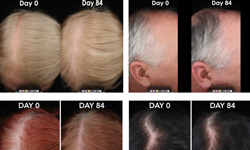There was a time not too long ago when hair regrowth treatments were invasive, expensive and didn’t always show results. But the advent of laser therapy for hair loss is being hailed as a dermatological wonder.
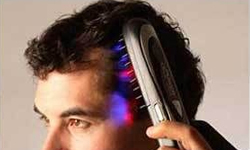
Here is an overview to help you understand the basics of laser comb and helmet treatment for hair loss.
1. How does laser therapy for hair loss work?
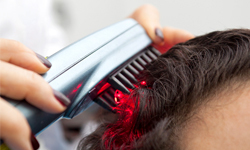
2. What are laser combs and laser helmets?
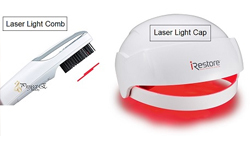
3. Who is a good candidate for laser therapy?
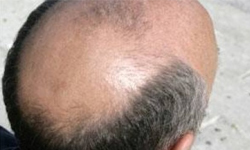
4. Are there any risks involved?
It is important to keep in mind that these devices are to be used strictly as per the instructions. If you end up overusing these laser devices, it could cause more harm than benefit. It could also augment the hair loss, so always follow the instructions.
5. How long before the results show?
